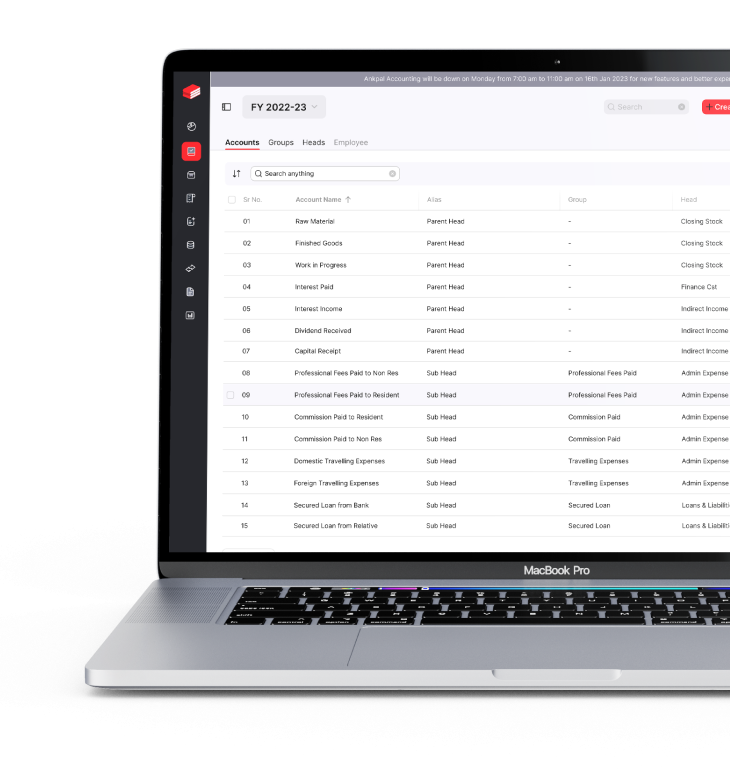
Today, businesses are moving towards using technology to make their work easier and faster. One such tool is e-invoicing, which replaces paper invoices with electronic ones.
To make the most out of e-invoicing, it's essential to integrate it with your accounting system. This helps businesses save time, reduce errors, and manage their finances more efficiently.
In this blog, we will explore how to integrate e-invoicing smoothly with accounting systems and why it’s important for businesses today.
Understanding the Need for Integration
The traditional way of using paper invoices is slowly fading away. E-invoicing offers a faster, safer, and more eco-friendly alternative. Integrating e-invoicing with your accounting system ensures that all your data flows smoothly between the two systems, cutting down on manual work and errors.
Integration can help businesses speed up payment processing, keep track of financial transactions more easily, and reduce manual input, which often leads to mistakes. Integrating e-invoicing into your accounting software helps businesses run more smoothly and efficiently.
How E-Invoicing Works
E-invoicing is when businesses send invoices electronically using special software. The invoice includes important details like:
- What was bought or sold.
- How much did it cost.
- When payment is due.
When e-invoicing is connected to an accounting system, all this information is automatically updated in the system, saving time and effort.
Steps to Achieve Seamless Integration
Here’s a step-by-step guide to help businesses integrate e-invoicing with their accounting systems.
Step 1: Data Cleanup
Before integrating e-invoicing with your accounting system, it’s important to clean up your data. Ensure all your existing invoices are up to date and any errors are corrected. This will ensure that the integration process goes smoothly.
Step 2: Choose the Integration Method
Next, decide how you want to integrate e-invoicing with your accounting system. Some businesses opt for a cloud-based solution, while others prefer on-premises software. This decision should be based on your business needs and the features offered by the e-invoicing software.
Step 3: Map Data Fields
Mapping data fields connects the information between the e-invoicing software and your accounting system. For example, the customer name, invoice number, and payment terms in your e-invoice must be correctly linked to the matching fields in your accounting software.
Step 4: Testing
Once the data is mapped, it's crucial to run tests. These tests help identify any issues that could cause errors once the system is fully integrated. Testing ensures that the system works as expected before going live.
Step 5: Training and Documentation
Training your staff on using the new system is key to successful integration. Provide them with easy-to-understand documentation so they know how to handle e-invoices correctly.
Step 6: Go Live and Monitor
After testing and training, the system is ready to launch. However, it's important to monitor it closely. Watch for errors or issues arising after going live and fix them immediately.
Selecting the Right e-Invoicing Solution
When choosing an e-invoicing solution, businesses need to think about a few things:
Cloud-Based vs. On-Premises
Cloud-based solutions are easy to access from anywhere and require less infrastructure. They are also scalable, meaning they can grow with your business. On the other hand, on-premises solutions give you more control over your data but might need more resources to manage.
Evaluating Features and Functionality
Look for features that fit your business needs, such as automatic invoice generation, customizing templates, and integration with your existing accounting software. The right features can make invoicing much easier.
Scalability and Futureproofing
Choose a solution that can grow with your business. As your business grows, the number of invoices you process will increase, and you want a system that can handle this without any issues.
Why Choose Us For Your E-Invoice Software Integration?
Integrating e-invoicing is a complex process, but we can help make it easier. Here’s why you should choose us:
Enhancing Data Accuracy and Security:
We ensure the data you send and receive is accurate and secure. This reduces errors and protects sensitive financial information.
Compliance and Legal Considerations:
Our solution meets all legal requirements. We also ensure that your invoices meet all the necessary standards.
Conclusion
Integrating e-invoicing with your accounting system is a smart decision that can save time, reduce mistakes, and help your business run smoothly. By following the right steps and choosing the best solution, businesses can make the process easy and efficient.
If you want to integrate e-invoicing into your business, choose a solution that fits your needs, ensures data security, and follows all legal rules. With the right integration, your business will enjoy better cash flow, more accurate data, and a simpler way to manage invoices.








